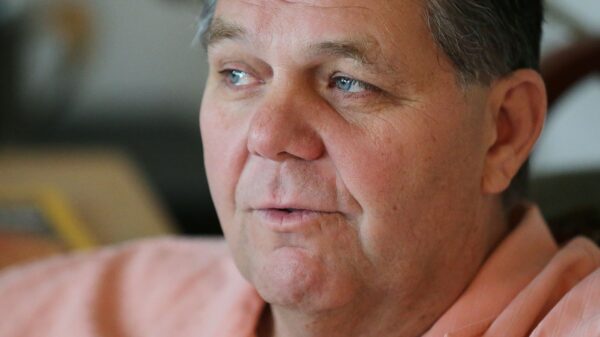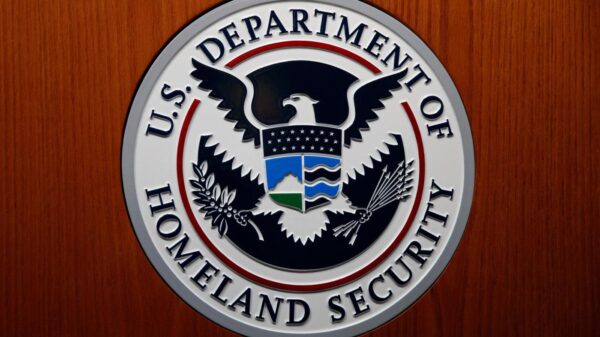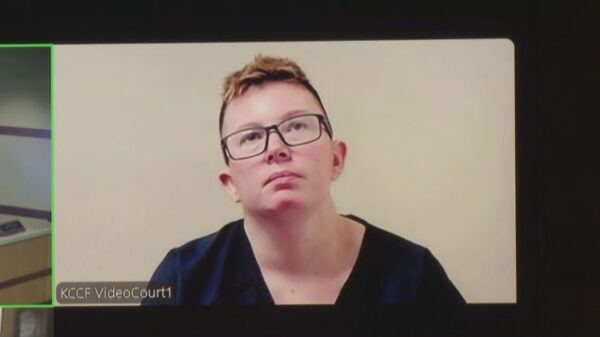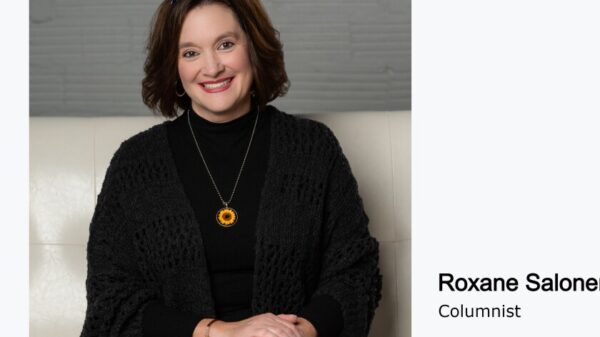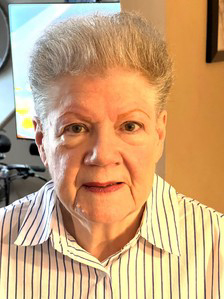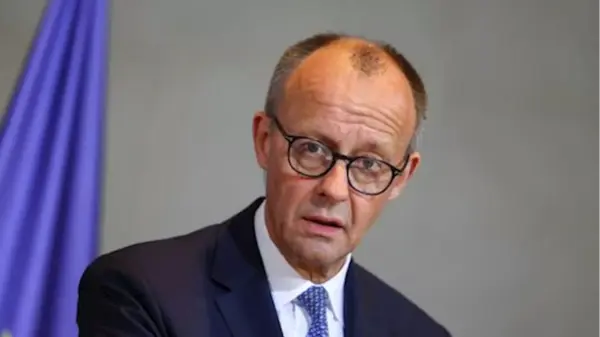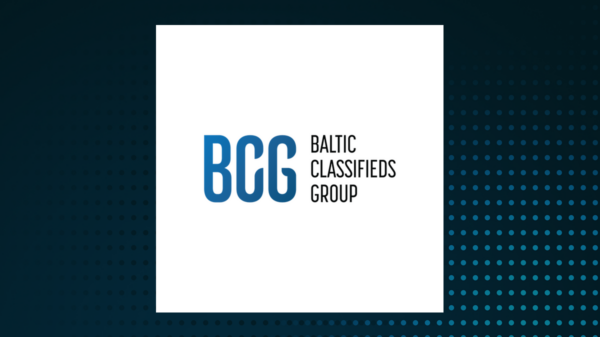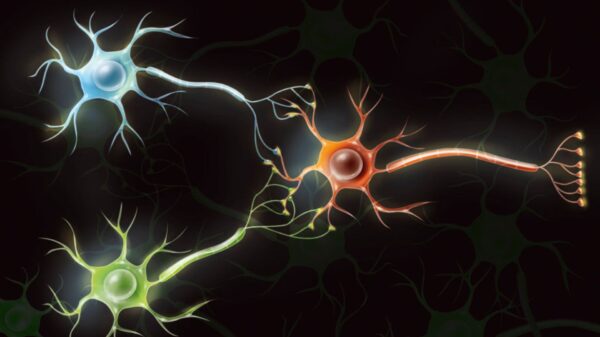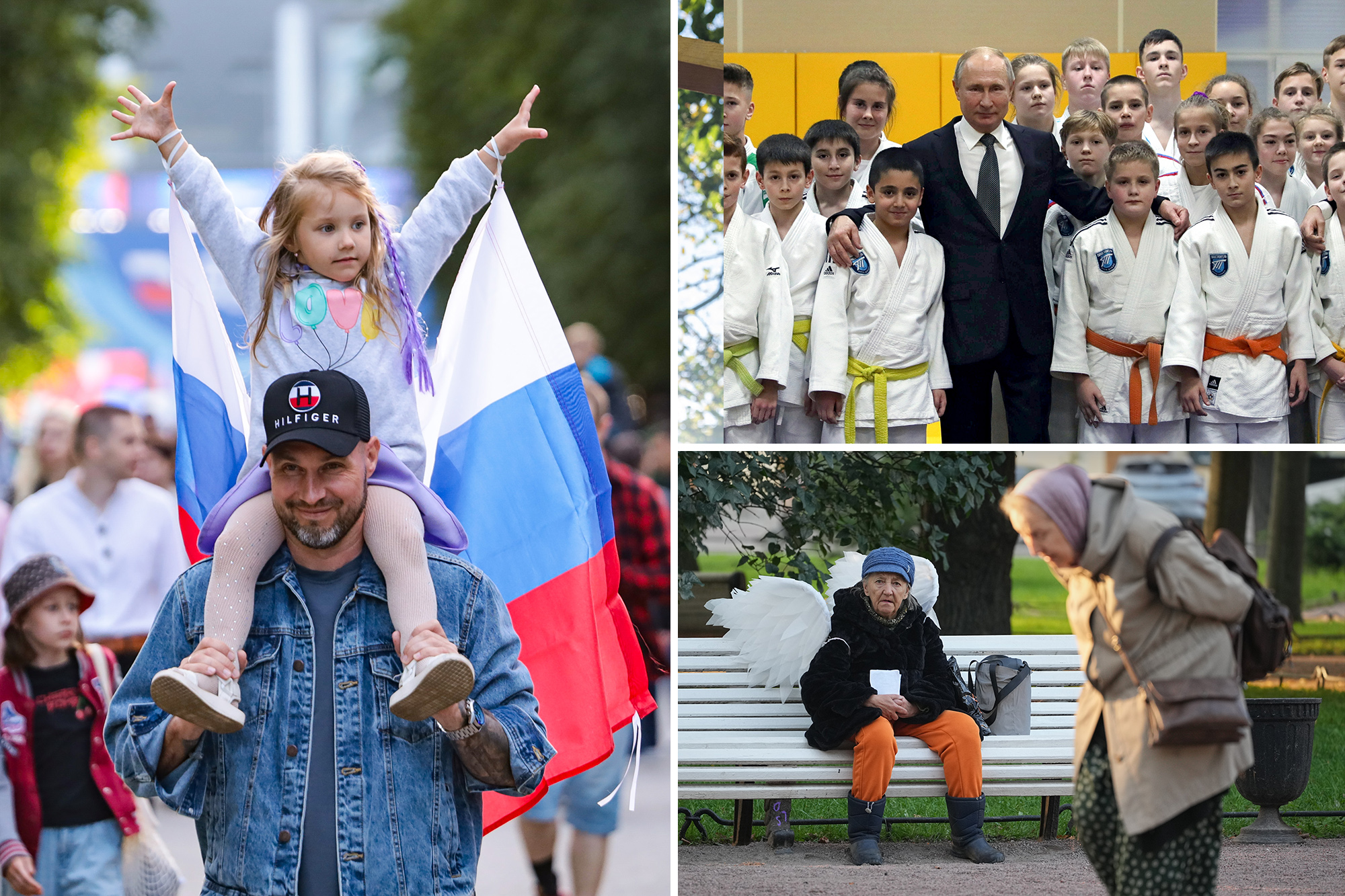Russia’s population crisis has deepened, with birth rates continuing to decline, posing significant challenges to national security. Over the past 25 years, President Vladimir Putin has grappled with the implications of a shrinking and aging populace. In 1999, the year before he took office, Russia recorded its lowest birth rate, a trend that has persisted despite various government initiatives aimed at encouraging larger families.
At a recent Kremlin demographic conference, Putin emphasized the need to increase births, stating that it is “crucial” for the future of Russia. Initiatives introduced to address these demographic challenges include free school meals for larger families and the awarding of Soviet-style “hero-mother” medals to women who give birth to ten or more children. Putin remarked in March 2023, “Many of our grandmothers and great-grandmothers had seven, eight, and even more children. Let’s preserve and revive these wonderful traditions. Having many children and a large family must become the norm.”
The initial post-Soviet economic recovery saw a rise in births, with the number increasing from 1.21 million in 1999 to 1.94 million in 2015. However, ongoing financial instability, the protracted conflict in Ukraine, and demographic shifts have reversed these gains. According to the Federal Statistics Service, Russia’s population has decreased from 147.6 million in 1990 to 146.1 million in 2023. This figure includes the population of Crimea, which was annexed in 2014.
The demographic landscape is also changing, with an aging population becoming increasingly prominent. In 1990, 21.1% of the population was aged 55 or older; by 2024, this percentage is expected to reach 30%. Birth rates have declined annually since their peak in 2015, with only 1.22 million live births recorded last year, closely approaching the 1999 low. Demographer Alexei Raksha noted that February 2025 saw the lowest monthly birth figures in over two centuries.
In response to the demographic crisis, the Russian government is implementing new restrictions aimed at promoting “traditional family values.” These measures include laws that ban the promotion of abortion and “child-free ideology,” alongside prohibiting LGBTQ+ activism. Critics, such as Russian feminist scholar Sasha Talaver, argue that these policies pressure women into motherhood. Talaver stated that the government believes women should be “willing and very excited to take up this additional work of reproduction in the name of patriotism and Russian strength.”
Economic challenges have historically influenced birth rates in Russia, much like in many Western nations. Young couples often delay starting families due to financial concerns, such as housing instability and job insecurity. The country’s tumultuous demographic history compounds these issues. Approximately 27 million Soviet citizens perished during World War II, dramatically reducing the male population. Following the collapse of the Soviet Union, birth rates plummeted again.
Currently, the number of Russian women in their 20s and early 30s is limited. Jenny Mathers of the University of Aberystwyth notes that authorities are “desperate to get as many babies as possible out of this much smaller number of women.” Additionally, the ongoing war in Ukraine has led to significant military casualties, with Western estimates suggesting hundreds of thousands of troops lost. The conflict has also driven many young Russians abroad, further diminishing the potential pool of parents.
While some family-oriented initiatives have received positive feedback, such as cash certificates for parents to support education or mortgages, others have sparked controversy. For example, one-time payments of approximately $1,200 for pregnant teenagers aim to assist vulnerable mothers but have faced criticism for potentially encouraging early pregnancies. Other initiatives, such as state holidays celebrating family, have been criticized as largely symbolic.
In 2022, Russia’s fertility rate was reported at 1.4, significantly below the replacement rate of 2.1 necessary for stable population levels. This figure is also lower than the 1.6 rate reported in the United States by the Centers for Disease Control and Prevention.
Efforts to discourage abortion have been intensified, with several regions enacting laws against “encouraging abortions.” National legislation introduced in 2024 banned “child-free propaganda,” adding to the restrictions surrounding reproductive rights. The vagueness of these laws has raised concerns, leading to changes in media portrayals, such as the reality show “16 and Pregnant” being rebranded as “Mommy at 16.” Many women are now avoiding state clinics to escape intrusive questioning about their reproductive choices, opting instead for private healthcare providers.
Despite the availability of abortion services, access has become increasingly limited. New regulations have made it more challenging to obtain abortion-inducing pills, affecting emergency contraceptives as well. Women face longer waiting times at state clinics, which can lead to complications resulting from mandatory counseling and waiting periods that may extend beyond legal abortion timeframes. Although the number of abortions has declined, this has not correlated with an increase in live births, raising concerns among activists about potential harm to women’s health.
Additionally, Russia’s immigration policies are unlikely to facilitate population growth. Officials have fostered anti-migrant sentiment, limiting migrants’ employment opportunities and children’s access to education. Many Central Asian workers, who have historically moved to Russia for jobs, are now seeking opportunities elsewhere due to rising discrimination and economic instability.
As the war in Ukraine continues, the Russian government can offer financial incentives for prospective parents but struggles to provide the stability necessary to encourage family growth. Mathers emphasizes that during times of uncertainty, people are less likely to consider starting families. Ultimately, the well-being of future generations hinges on the ability of parents to create a healthy and secure environment for their children. A woman who chose not to have children poignantly remarked, “The happiest and healthiest child will only be born in a family with healthy, happy parents.”


